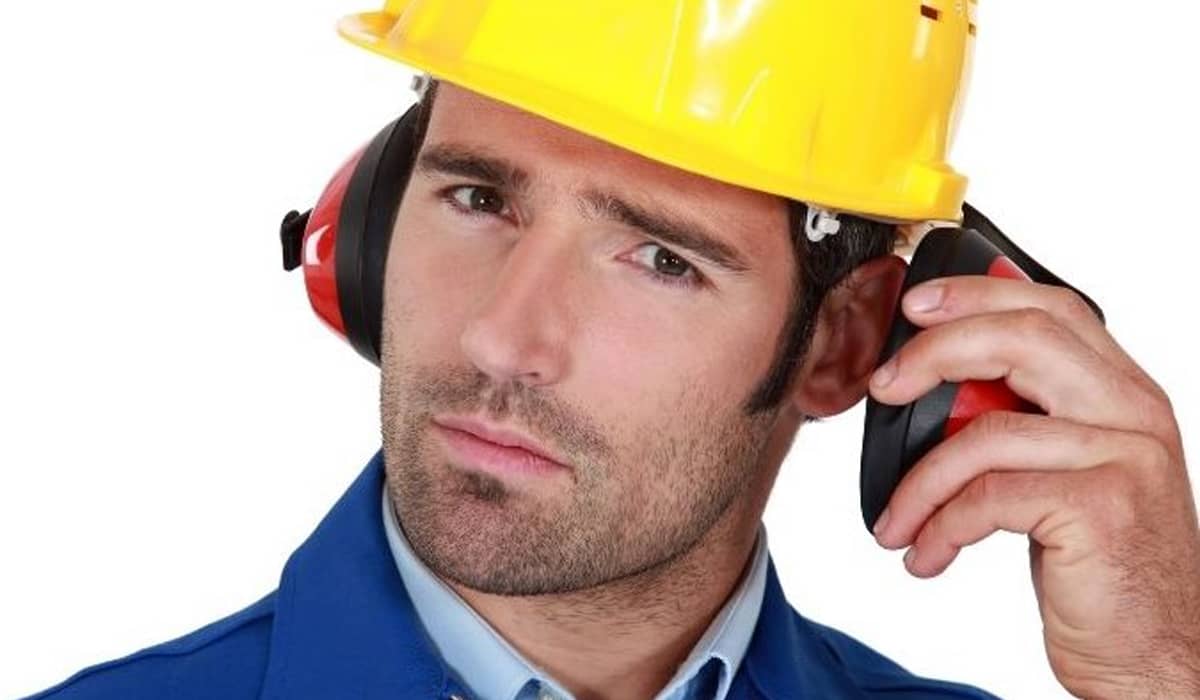Most people when buying hearing protection for themselves or their workers will look at the packaging and see that there is a hearing protection ‘Class’ system. In general terms each class gives protection against the following noise levels.
Class 1 – 85 to less than 90 dBA (most noisy workplaces)
Class 2 – 90 to less than 95 dBA (most noisy workplaces)
Class 3 – 95 to less than 100 dBA (some noisy workplaces)
Class 4 – 100 to less than 105 dBA (high impact like hammering metal)
Class 5 – 105 to 110 dBA (container ship engine bay)
People often choose Class 5 protection because “It’s the best”. Unfortunately, Class 5 is not suitable for most workers and may end up over protecting the worker. Ironically this may lead to more noise exposure for the worker. As the worker has now been overprotected from the noise, they need to remove the hearing protection to communicate with co-workers, listen to machinery, listen for alarms, and radio announcements, which then results in exposure to elevated noise. For example, if the workplace was at 97 dBA which falls in the Class 3 category, they only need to have been without hearing protection for 30 minutes per day to meet the maximum allowable daily noise dose. If the worker spent only 5 minutes per hour without protection talking to their co-workers, they would exceed the max noise dose by the 6th hour of the shift which could result in hearing damage. This ignores all the noise they would be exposed to before and after work as well.
That’s why it is best to get a noise survey done and get the recommended level of hearing protection. New technology, like built-in Bluetooth communication, is being added to hearing protection to make it even easier for communication in noisy environments. If you are unsure, it’s always best to get our team out to do a noise survey and we will make recommendations on the hearing protection requirements and other controls to reduce worker noise exposure.

